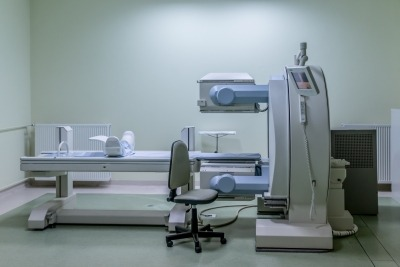New Delhi, 6 April (IANS). Scientists have discovered that a poisonous metal used in MRI scans can take the form of small metal particles (nanoparticles) by going inside the gadolinium human body.
Researchers at the US University of New Mexico, while studying health hazards from gadolinium, found that oxelic acid which is found in many foods can consist of gadolinium and make nanoparticles in the body.
This research has been published in a magazine called Magnetic Resonance Imaging. This study was done under the leadership of Professor Brent Wagner. He says that these nano particles can cause serious problems in body parts, such as kidneys and lungs.
He said, “The worst disease caused by MRI contrast agents is nephrogenic systemic fibrosis. After a single dose, people are hit by it. It usually gets out of the body and most people do not harm.”
Wagner said that the Gadolionium -based contrast agent is injected before the MRI scan, which helps in making a clear scan.
But in some cases, this metal remains in the body. Even in those who have no symptoms. This metal can be found in blood and urine even after years.
Scientists are now trying to understand two things- when most people do not have any harm, then why do few people get this serious disease? How does gadolinium separate into the body and make dangerous particles?
Research also revealed that about half of the people who got the disease were given this injection in MRI only once. This means that something else is increasing this effect.
That is why scientists focus on oxalic acid which is easily connected to metals and is found in many foods. The same process also causes a kidney stone in the body, when it is mixed with calcium.
When scientists used in the test tube, they noticed that oxalic acid separates gadolinium from contrast agent, making small metal particles that reach the body’s cells.
This discovery can help to understand how to reduce some dangers related to MRI scan.
Professor Wagner said, “If I want to have an MRI with contrast, I will not take vitamin C, because there may be a metal reaction. I hope we are getting closer to some suggestions to help these people.”
-IANS
AS/










